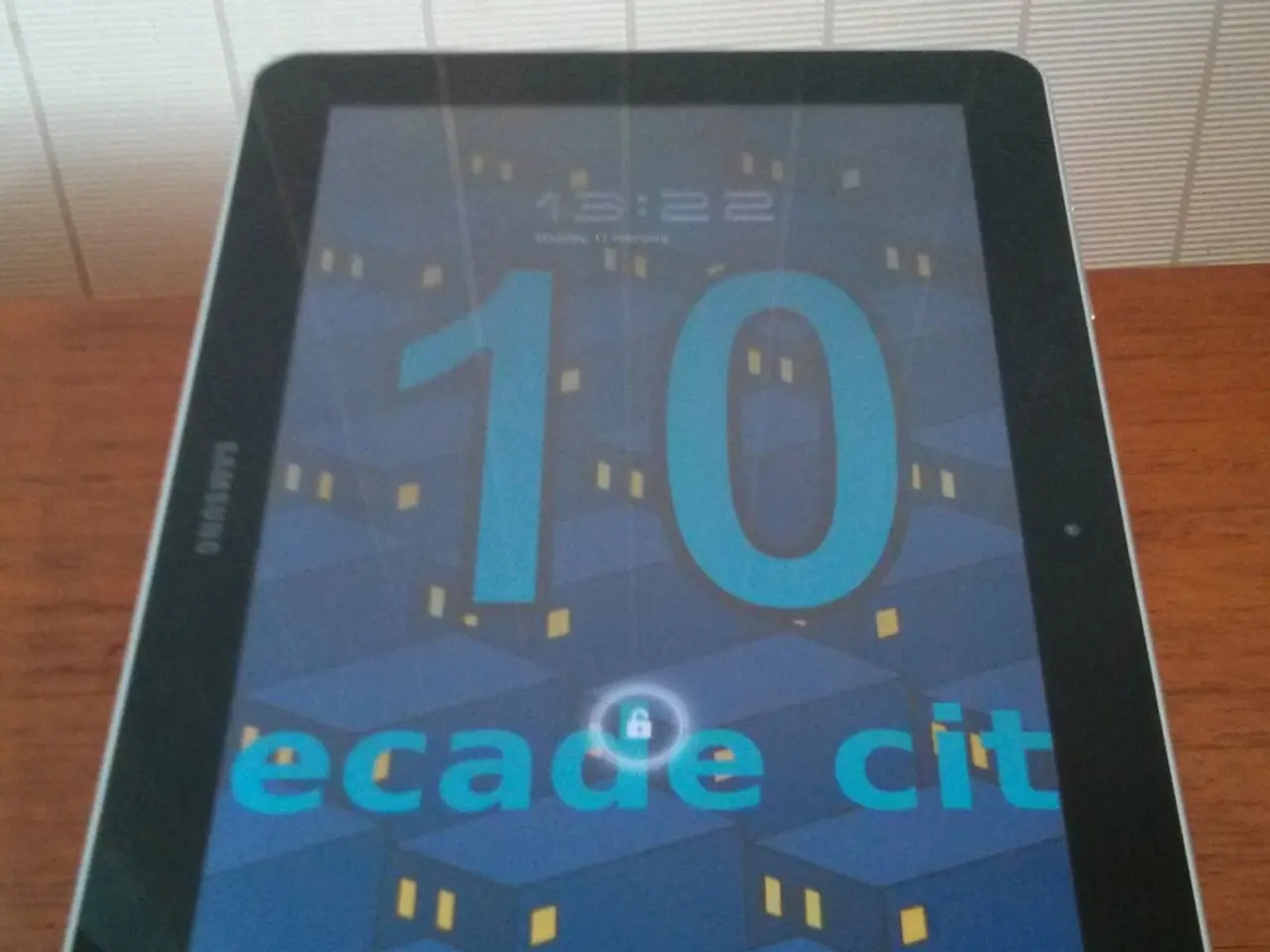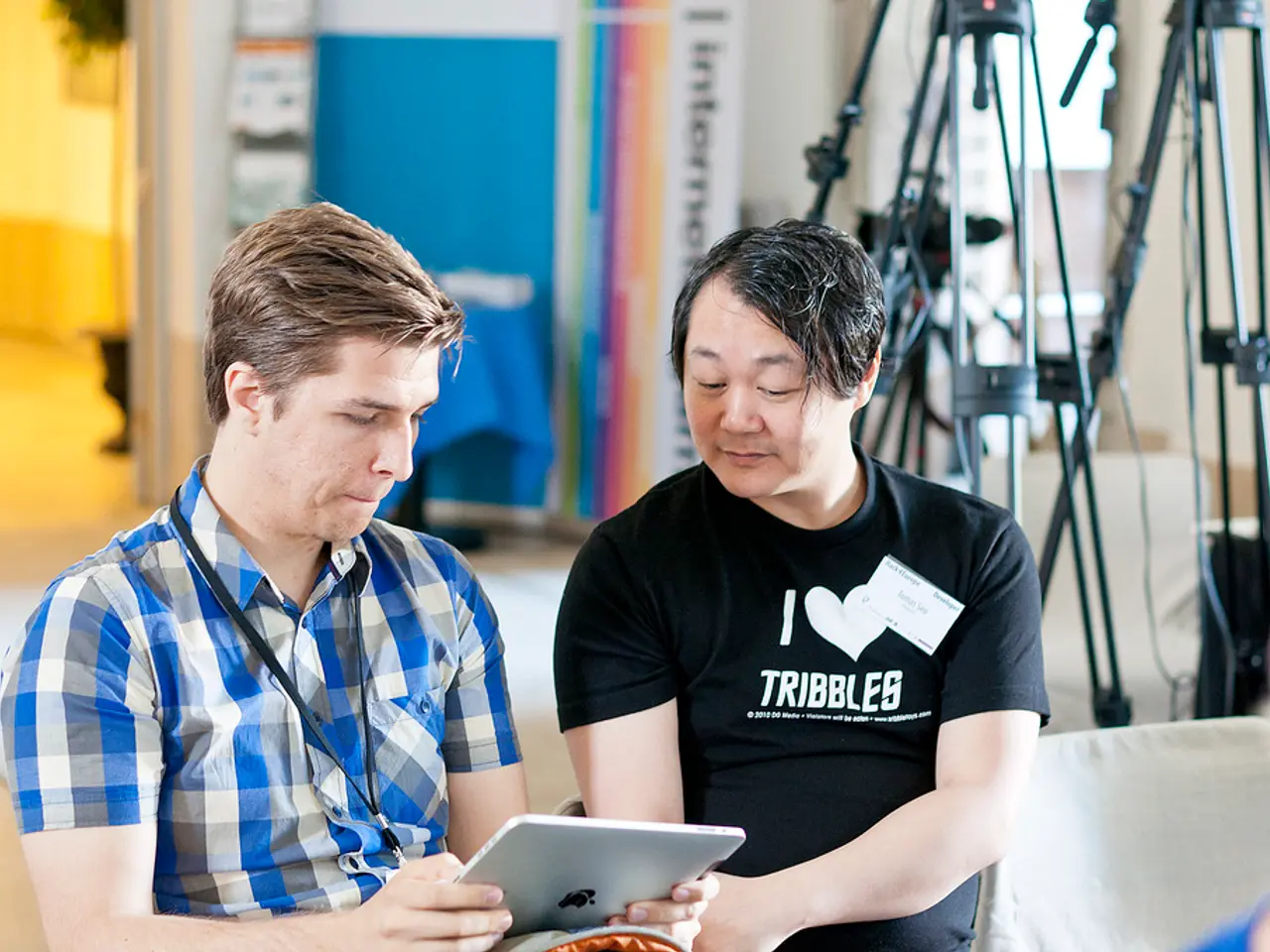Top 12 Immersive Education & Training Methods for Maximum Engagement
Immersive Learning: Revolutionizing Education and Training in 2025
Immersive learning, a revolutionary educational approach, is set to dominate the landscape of education and training in 2025. This innovative method harnesses the power of Virtual Reality (VR), Augmented Reality (AR), and Mixed Reality (MR) to create highly engaging, interactive, and sensory-rich learning environments.
Key developments in immersive learning include the advanced use of Artificial Intelligence (AI), digital twins, holographic presence, Extended Reality (XR), neurotechnology, adaptive systems, haptic feedback, AI-based dynamic assessments, social interaction through avatars, XR-based vocational training, AR remote training, and multi-sensory continuous learning.
AI Integration is central to personalizing learning experiences and automating dynamic assessments that adapt to individual learner needs and performance in real time. AI is also being used to power creativity in the Metaverse, allowing users to create 3D models and virtual worlds without coding expertise, as shown by Masterpiece X.
Digital twins and holographic presence are used for realistic, risk-free training environments and lifelike simulations, enhancing engagement and retention while allowing safe practice before real-world application. An example of this can be seen in the digital twin of a hazardous mountain track by CPKC.
XR combined with neurotechnology supports adaptive training that responds to cognitive and emotional learner states, optimizing the learning path dynamically.
Adaptive systems and serious games adjust content difficulty and style based on learner progress, increasing effectiveness by personalizing challenges and feedback.
Haptic feedback technologies enable realistic tactile experiences in virtual environments, increasing immersion and skill transferability.
Social interaction through avatars facilitates collaborative and social learning remotely, enhancing engagement and communication skills within virtual settings. Western New England University, for instance, hosted a virtual open house where prospective students explored the campus and chatted with current students as avatars.
XR-based vocational training is growing, providing practical, hands-on experience in fields like healthcare, manufacturing, and construction with immersive simulated scenarios that improve safety and skill mastery.
AR remote training and real-time guidance allow experts to support learners from afar with contextual digital overlays, improving on-the-job training and troubleshooting. Doctors can wear AR glasses that display step-by-step instructions on replacing a stoma or caring for a wound, ensuring correct treatment.
Multi-sensory and continuous learning approaches integrate visuals, audio, touch, and sometimes smell or balance cues to deepen engagement and retention over longer learning periods, promoting lifelong learning habits.
Supporting data show immersive technologies like VR, AR, and MR advancing with sharper displays, lower latency, and broader fields of view, fueling widespread adoption across education, healthcare, retail, and professional training. VR/AR experiential learning can increase retention by up to 75%, making these technologies pivotal in replacing traditional didactic methods.
In summary, immersive learning in 2025 leverages a synergy of cutting-edge AI, XR, neurotechnology, and sensory feedback combined with social and adaptive features to create highly personalized, engaging, and effective lifelong training and education environments. While specific examples of personalized and inclusive learning, and haptic feedback in immersive learning were not provided in the text, these are undoubtedly areas of growth and development in the future of this innovative educational approach.
- The use of AI in immersive learning is central to personalizing learning experiences and automating dynamic assessments that adapt in real-time to individual learner needs.
- Digital twins and holographic presence are utilized in immersive learning to create risk-free training environments and lifelike simulations, enhancing engagement and retention.
- XR combined with neurotechnology supports adaptive training that dynamically responds to cognitive and emotional learner states, optimizing the learning path.
- AR remote training and real-time guidance allow experts to support learners with contextual digital overlays, improving on-the-job training and troubleshooting, particularly in healthcare.




